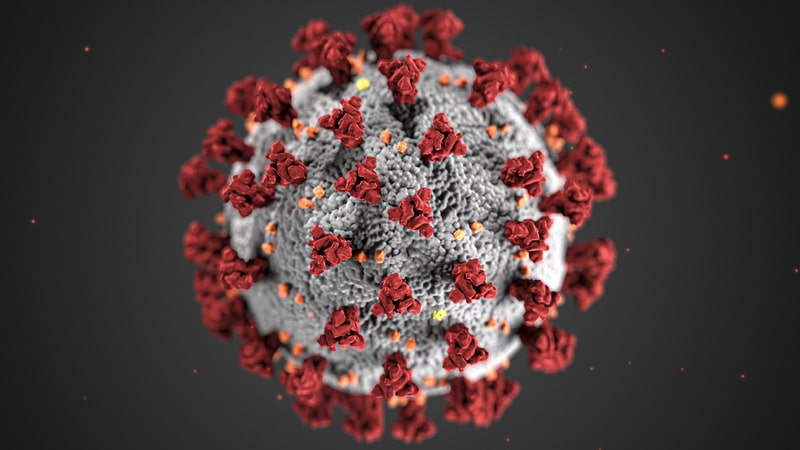As dentists and other healthcare providers continue to navigate the COVID pandemic and the emerging variants, an easy-to-use tool is now available to help them conveniently and accurately assess the ventilation rates of their treatment and waiting rooms.
Eastman Institute for Oral Health research published in the Journal of Dentistry showed that if a room’s ventilation rate is low, respiratory aerosol particles can remain in the indoor air for a long time, making it critical to facilitate respiratory aerosol removal from the indoor environment to minimize potential exposures of airborne viruses such as COVID to patients and providers.
Part of the University of Rochester Medical Center, Eastman Institute for Oral Health has developed a calculator along with a simple process and other tools to help dentists easily determine the ventilation rate, measured in air changes per hour, for any room.
“Knowing what the ventilation rate is for individual dental treatment rooms will help providers understand what steps they can take, if necessary, to improve ventilation,” said Yanfang Ren, DDS, PhD, MPH, an EIOH professor whose research about dental treatment provision, aerosol behavior and ventilation, has been widely cited throughout the pandemic.
“We found that carbon dioxide levels in dental treatment rooms are directly associated with ventilation rate and the number of people in the room,” Dr. Ren said. This study—the basis for developing the ventilation calculator—was published in the Journal of Dental Research.
Using a CO2 monitor, as well as household baking soda and vinegar, providers can follow the process that includes a calculator suitable for imperial or metric measurements to determine a room’s current air change rate. These tools, a video demonstration, as well as an email address to send questions, are available on the EIOH Covid Safety & Resources webpage.
Because dentists perform a wide variety of procedures that often produce spatters, droplets, and aerosols, Eastman Institute for Oral Health adopted this CDC recommendation and developed strategies to improve the ventilation rate to 15 air changes per hour in its dental treatment rooms.
“Many factors play a role in the ventilation rate for any given room, including the HVAC system, size and design of the rooms, and structure and age of the building,” said Dr. Ren. “Improving a room’s ventilation could be as easy as adding a portable air cleaner.”
When adding a portable air cleaner, it’s important to know its Clean Air Delivery Rate, to ensure it helps reach the desired air change rate. The EIOH Covid Safety & Resources website also provides guidance and custom tools to help users understand the Clean Air Delivery Rate and how to calculate the Air Change Rate for their portable air cleaner.
“The higher the Clean Air Delivery Rate, the faster the portable air cleaner cleans the air,” Dr. Ren explained. “When selecting a portable air cleaner for dental treatment rooms, use the rating for tobacco smoke, which represents the sizes of small dental aerosols that are the most difficult to clean.”
Improved ventilation and air filtration are important steps in a multi-layered approach for safe delivery of dental care during an infectious respiratory disease pandemic. Pre-appointment screening for signs and symptoms, proper physical distancing, pre-procedural mouth rinses, proper use of personal protective equipment including N95 masks and protective goggles or face-shields, and thorough disinfection and cleaning, are all important layers against potential spread of COVID-19 in dental settings.
Founded in 1917, Eastman Institute for Oral Health at the University of Rochester Medical Center, is a world leader in research, post-doctoral education and clinical care, and is consistently ranked in the top 10 of NIH/NIDCR funding.












